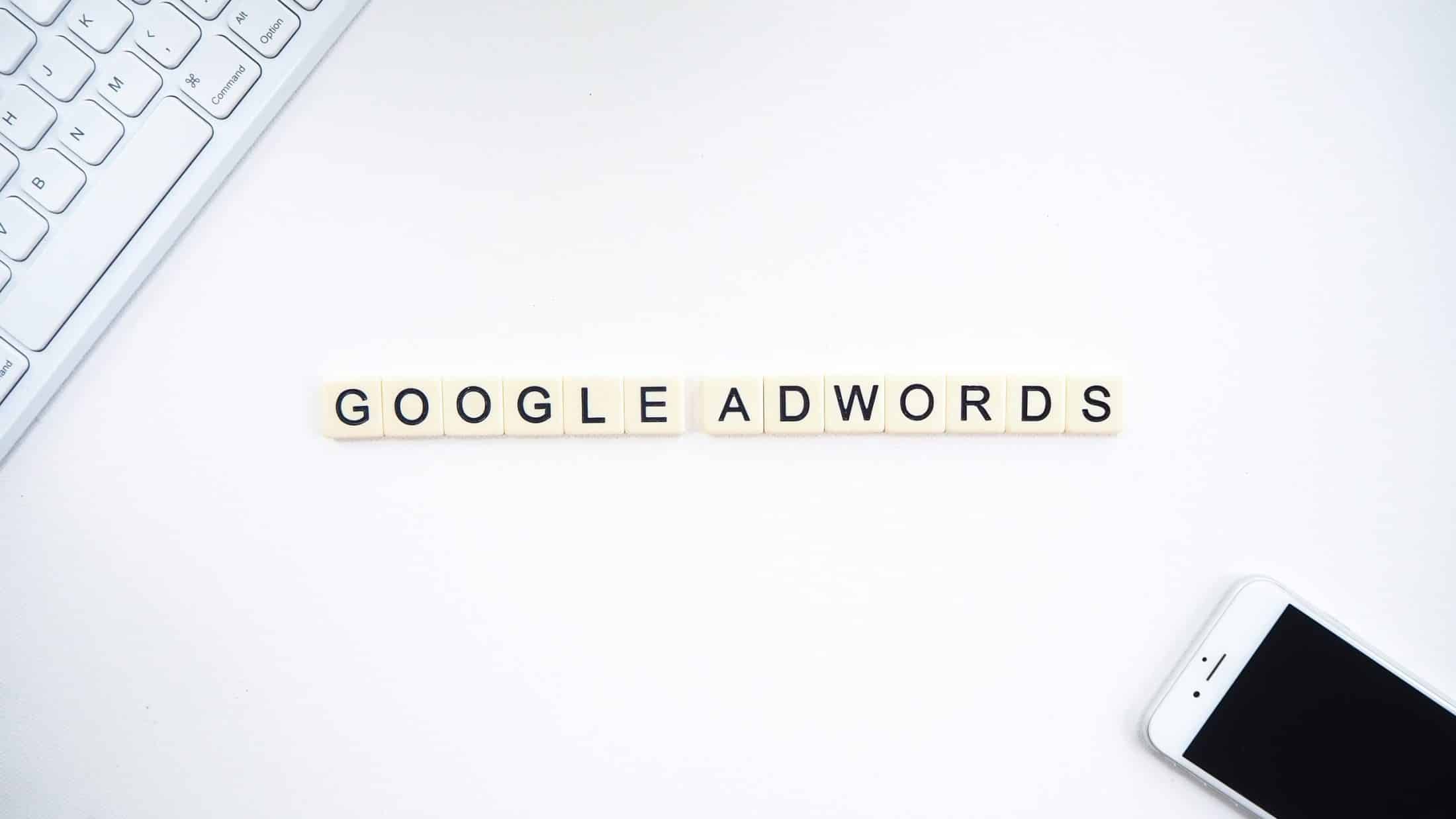WHAT IS THIS NEW UPDATE AFFECTING GOOGLE MARKETING?
Primarily, let us speak about just what this iOS 14 upgrade is about, because we need to know what has changed to appreciate its implications for Google Marketing.
Along with the normal upgrades that iPhone users receive from time to time, users will be provided a whole new choice about their digital privacy through this update. Since iOS 14.5, every app must tell users about the data and personal information it will collect before being installed. This means that when you install an app, you must give it permission to track you. If you think it does not sound horrible, just wait until we get into the details of what app tracking is.
From a technological standpoint, this new upgrade will force developers to seek for your permission before tracking your digital behavior across several apps and websites, even if you previously gave them this permission. Advertisers could track your internet activities using IDFA (Identifier for Advertisers) before this update. Your IDFA is effectively just an anonymous device ID that tracks not who you are, but what you do, for you to receive targeted advertising based on your behaviors.
For digital advertisers, the ability to use tracking data to give you with suggestions and adverts is critical. The days Gone are of blasting out many adverts to everyone in the hopes that a small fraction of them will buy your product are gone. In recent years, both Facebook and Google have begun to work smarter, not harder, and have discovered ways to serve fewer advertising to a far more targeted audience, depending on each device’s digital imprint.
Those were the days. Because iPhones account for such a high percentage of overall online traffic, digital advertisers have been severely hampered in their designed to reach ads to specific people, forcing them to return to more broad strokes advertising with the now restricted data about each device.
Is it beginning to sound more serious now? It ought to.
WHAT EFFECT WILL THIS HAVE ON GOOGLE ADVERTISING?
While Facebook has endured the most of this announcement, Google advertising is clearly impacted as well, albeit in a unique way. While Facebook marketing is mostly outbound, with people seeing ads and hoping they would click, Google does not need to target people because they are searching for these things on their own. When it comes to search campaigns, this permits Google to continue doing business as normal, but the rest of the Google advertising suite will not be spared.
Here are a few things to look forward to with this new launch…
Expect a reduction in visibility into important data that demonstrate how ads influence conversions. Google Display, YouTube, Discovery, and App campaigns are the most common. We can tell when and if an ad has indeed been clicked, but otherwise, tracking has grown more ambiguous.
Campaigns with audience-based targeting are likely to have lower delivery rates. We are depending on our research rather than theirs in this circumstance, and the profiled data has grown less reliable, therefore transmission has been slowed down.
Expect retargeting and client matching groups to lower campaign delivery. Remarketing, like the previous point, necessitat
Campaigns that operate on iOS can expect lower delivery and conversion rates. This one seems self-evident, but iOS is the reason for everything, so it is worth addressing. This is also a good moment to point out that this new tracking restriction does not apply to Android or desktop computers.
It is not all horrible, though. You can bet that such an act would not go ignored by Google, thus the company has made efforts to give digital marketers a fighting chance in this pristine environment.
WHAT IS GOOGLE DOING IN THIS REGARD?
There are a few ways to track and model user behavior using alternative methods still available to Google, not necessarily to bypass these tracking limits. On Google’s end, this “workaround” comes in three different varieties…
Developing for Apple with the most recent SDK
User behavior modeling
Switching to the privacy sandbox from third-party cookies
Let us take a closer look at each of them…
APPLE DEVELOPMENT WITH THE LATEST SDK
Google is urging app developers to update to the most recent version of their mobile SDK, which now supports Apple’s Skad Network. Apple uses the Skad Network to track the effectiveness of ad campaigns while respecting customer privacy. This is the “if you can’t defeat them, join them” strategy. Rather than fighting the user privacy restrictions, Google is just encouraging developers to work within them, making it a solution where everyone benefits both Apple customers and digital advertising alike. Of course, this is problematic because the efficacy of this strategy is determined on developer uptake, which neither Google nor digital marketers have control over.
USER BEHAVIOR MODELING
Rather than try to get around the restriction, Google produced the idea of modeling conversion attributions and user behavior. You would think that with the unimaginable quantity of Google traffic that passes through the site every day, they would know a great deal or two about how people use the internet. As a result, Google has chosen to begin modeling whether an ad interaction leads to an online conversion… NOT whether a conversion took place.
As an example,…
Let us pretend you clicked an ad on a browser that is not visible. However, you can afterwards migrate to an observable browser. To connect the two occurrences, modeling is utilized.
Of course, this is not the most flawless or precise approach, but there is a strong probability that Google is coming pretty darn near to what is happening over a long enough timescale with enough data points. People are still seeing these ads and making purchases; it is just that visibility is impaired. Just as a Tesla can give you an idea of what is around you without knowing exactly what it is or where it is going, there should be enough information to estimate specific behavior that could be helpful in strategic decision-making.
CHANGING TO THE PRIVACY SANDBOX FROM THIRD-PARTY COOKIES
Whilst third-party cookies were a convenient way to stay on someone’s computer and gather information, they were not the only one. If you cannot fight them, join them, as previously stated. Work within the constraints if you cannot get around them. In this vein, Google is moving away from third-party cookies and toward the privacy sandbox.
To replace third-party cookies in the privacy sandbox, Google would use the Floc (Federated Learning of Cohorts). Instead, then
You are thinking to yourself, “OK, that does seem to make some sense, but what else can I do on my end to keep my marketing efforts successful?” I am glad you inquired!
WHAT ARE YOUR OPTIONS?
The simplest way to convey this idea is to begin rethinking your digital marketing strategy. You will have to accept estimates rather than exact measures when it comes to conversion data. You must focus on another well mix of prospecting and precise marketing rather than putting all your resources on direct targeting. Instead of thinning just based on ROAS, you will need to look at additional indicators that are more directly attributable and thus more dependable
Contact Seattle Digital Marketing for your Google Marketing needs!


